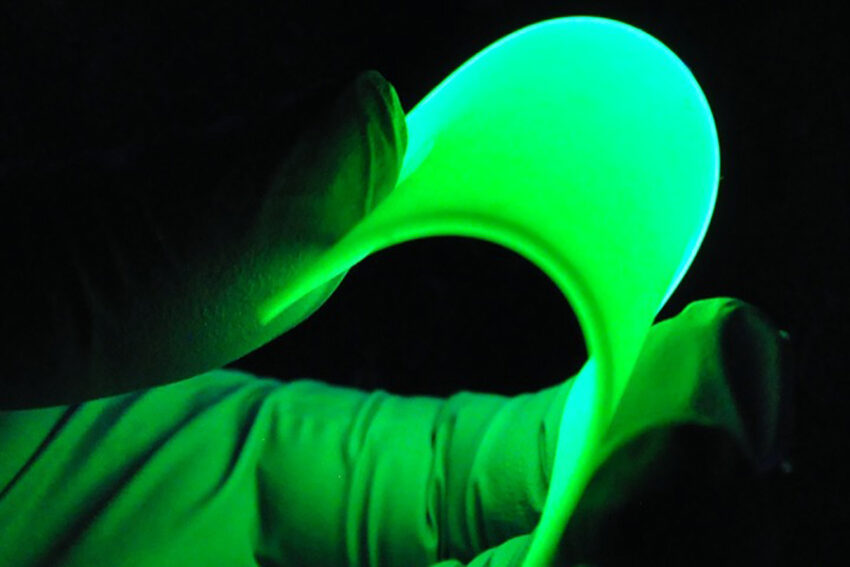A team of researchers from Florida State University has developed a new X-ray detecting material. This material can be used to make flexible X-ray detectors that are less harmful to the environment and cost less than existing technologies.
The team led by Biwu Ma, a professor in the Department of Chemistry and Biochemistry basically created X-ray scintillators using environmentally friendly material.
“Developing low-cost scintillation materials that can be easily manufactured and that perform well remains a great challenge,” Ma said. “This work paves the way for exploring new approaches to create these important devices.”
The Problem
We know that X-ray detectors are used in a lot of places. Here we are talking about a type of detector called X-ray scintillators. X-ray scintillators convert the radiation of an X-ray into visible light, and they are a common type of X-ray detector.
Researchers have tried various materials for making these detectors but they were either difficult to manufacture or expensive.
Then they started using compounds that had lead and its toxicity is a major concern for the environment.
The current research tries to solve this problem. The team found a different solution. They used the compound organic manganese halide to create scintillators that don’t use lead or heavy metals.
The compound can be used to make a powder that performs very well for imaging and can be combined with a polymer to create a flexible composite that can be used as a scintillator. That flexibility broadens the potential use of this technology.
“Researchers have made scintillators with a variety of compounds, but this technology offers something that combines low cost with high performance and environmentally friendly materials,” Ma said. “When you also consider the ability to make flexible scintillators, it’s a promising avenue to explore.”
Talking more specifically about the material, the compound is ethylenebis-triphenylphosphonium manganese (II) bromide ((C38H34P2)MnBr4), which can be prepared using a facile solution growth method at room temperature to form inch sized single crystals.
This zero-dimensional organic metal halide hybrid exhibits green emission peaked at 517 nm with a photoluminescence quantum efficiency of ~ 95%.
Its X-ray scintillation properties are characterized by an excellent linear response to X-ray dose rate, a high light yield of ~ 80,000 photon MeV−1, and a low detection limit of 72.8 nGy s−1.
X-ray imaging tests show that scintillators based on (C38H34P2)MnBr4 powders provide an excellent visualization tool for X-ray radiography, and high-resolution flexible scintillators can be fabricated by blending (C38H34P2)MnBr4 powders with polydimethylsiloxane.
Journal Reference:
Liang-Jin Xu, Xinsong Lin, Qingquan He, Michael Worku, Biwu Ma. Highly efficient eco-friendly X-ray scintillators based on an organic manganese halide. Nature Communications, 2020; 11 (1) DOI: 10.1038/s41467-020-18119-y

